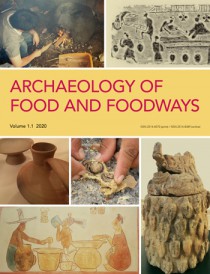Beer Terroir
Place, Beer, and Taste in the Rocky Mountain Region
Braden Neihart [+–]
Independent Scholar
Beer Terroir seeks to understand how the application of the concept of terroir–a term typically applied to wines–to beer can help us further our understanding not only of the beverage but also of the humans that occupy regions. It covers the main aspects of terroir–ingredients, soils, landscapes, history, culture, etc– and shows that approaching beer history conceptually rather than strictly stylistically, by brand, or by region opens up new avenues of research and illumination.
The book focuses on a fairly large region – The Rocky Mountains – and takes a deep and wide dive into its history. It explores a number of questions: how did the human, organic, geographical, and economic landscape of the Rocky Mountains impact beer production and flavor; and, in what ways is there a shared sense of terroir between disparate parts of the Rockies, or is the terroir hyper focused on localities and not transalpine? Is there a unified sense of beer terroir, or do different regions believe their beer to vary from other mountainous regions? What evidence is there that the beer brewed in this region is indeed palpably different from other places in the US?
Terroir comprises multiple elements, and each chapter looks at a particular aspect of beer terroir in the Rocky Mountain Region. The book covers the emergence of terroir during the Pre-Prohibition period which saw the emergence of a beer drinking culture in the region, as American Indians in this region were indisposed to fermented beverages. Pre-Prohibition many brewers had to use local ingredients and ensure they had a supply for their customers. Many breweries were small, local, and imported only ingredients, particularly hops, that they could not grow.
The book is aimed at those interested in the history of beer and brewing and in The Rocky Mountains as a region, as well as in the culture and history of foodways.
Table of Contents
Chapter 1
Chapter 2
Chapter 3
Chapter 4
Chapter 5
Chapter 6
Chapter 7
Chapter 8
£24.95 / $32.00
Institutional
£75.00 / $100.00







